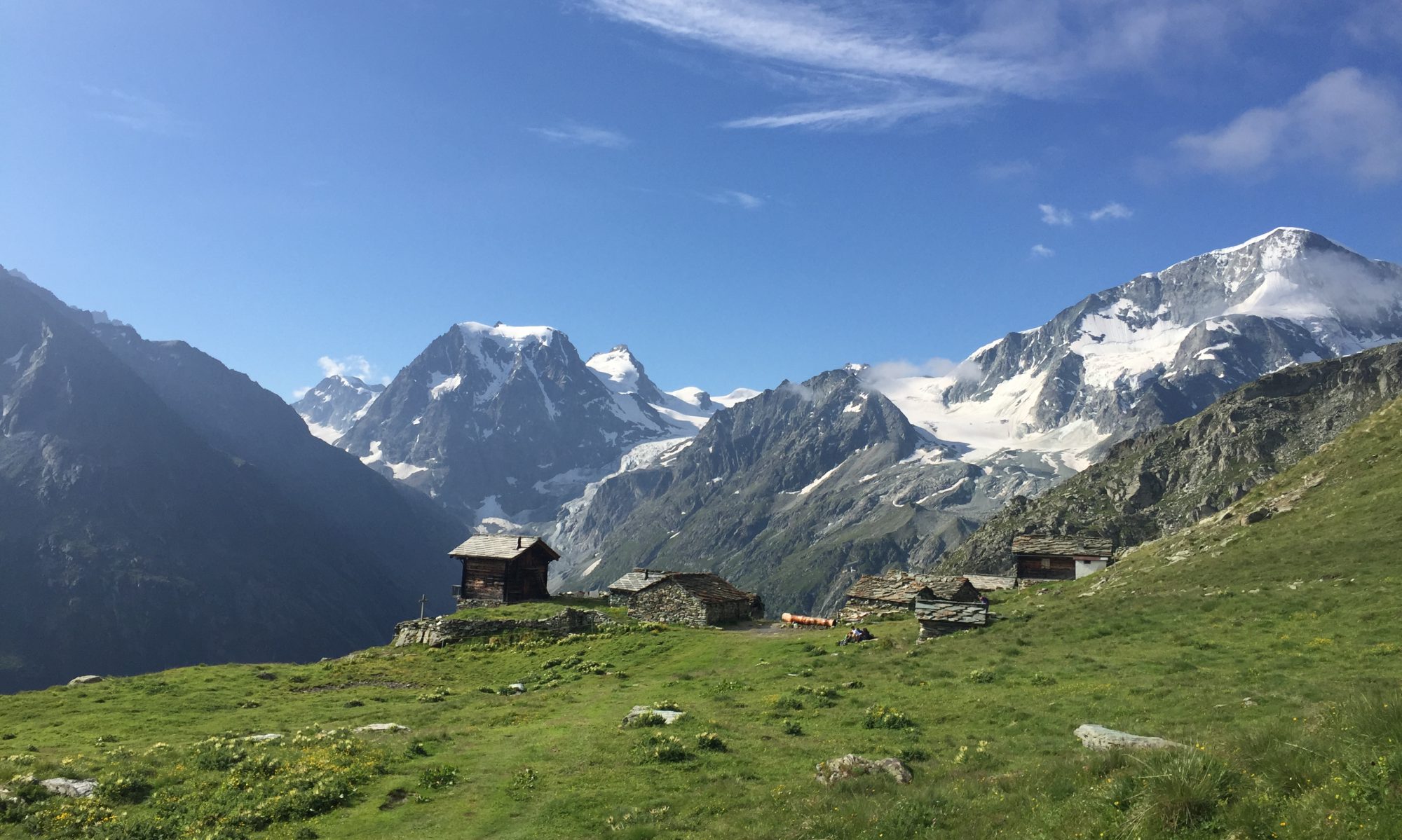
The sustainability world used to be so simple. There were a few topics, such as climate, water, forests, oceans, and some commodities. They all operated in their own silos. If you wanted insights and guidance then WWF (in Europe) and Conservation International (in North America) could help. It was then just a case of getting the commitment of management to act, and the rest was easy. You could almost call that the classical theory of how to approach sustainability.
Quantum Sustainability
The trouble is that the classical theory of sustainability can’t explain what we are now faced with. For example, should a company or government tackle food loss and waste as part of its climate strategy, or as part of its efforts to improve food security?
It seems like a strange question. Yet a focus on food security will not contribute to eliminating GHG emissions as well as if the outcome was explicitly climate change. And a focus on food security will result in different approaches and outcomes compared to a focus upon nutrition security.
So in a world where we have to align efforts on the multiplicity of sustainability issues we are now facing, these subtle differences have become important in getting traction and action.
Welcome to the world of Quantum Sustainability.
The three aspects of Quantum theory
Quantum theory can help explain why sustainability is getting harder. It brings together three aspects:
Interconnectedness:
There is a lot of interconnectedness today in the sustainability world. Deforestation isn’t just about biodiversity loss, it’s now conflated with climate, social development and human rights. The silo approach of single issues has long gone, replaced by systems thinking – food systems, energy systems, and the workings of cities. You need a bunch of PhDs in the room to make sense of system thinking. And even then…
Uncertainty:
I have written before about complexity and I guess that goes hand in hand with uncertainty. It’s tempting, when faced with a complex, and often uncertain situation to sit things out for a while to see how it develops. Which is of course exactly the wrong thing to do. The way to deal with uncertainty is just to start. Somewhere.
We are however also introducing a lot of uncertainty ourselves. For example, there has been an extraordinary number of initiatives and platforms set up in the last 18 months to tackle plastics. It has led to a certain paralysis as everyone waits to see which initiative emerges the strongest. What progress there is, is meanwhile focused upon process, not actions, let alone impacts.
Different Interpretations according to the position of the observer:
There is finally an issue of different interpretations and perspectives. The triple bottom line sold us the idea of a win-win-win. Even after we’d retired the triple bottom line, environmental and social sustainability were lumped together to drive win-wins. Not any more. It’s one of the uncomfortable truths that trade offs are necessary. For example, trying to tackle no-deforestation and social development together means making choices about which one to focus upon. This depends upon your perspective of priorities. The conservation world does not quite see this yet, whilst the social community sees it but isn’t loud enough to voice its view. And so we have a hierarchy of approaches.
This all sounds like the philosophical disagreements amongst physicists around how to interpret the quantum world. Perhaps this is the direction that the sustainability world is going in.
A Unified Theory?
Quantum sustainability can explain a lot, but that does not mean that the classical view is wrong. It still has its uses, especially in the nursery slopes of sustainability (e.g. where the finance sector is). At some stage, someone will make sense of all of this with a unified theory. Until then we’d better get used to quantum sustainability.
